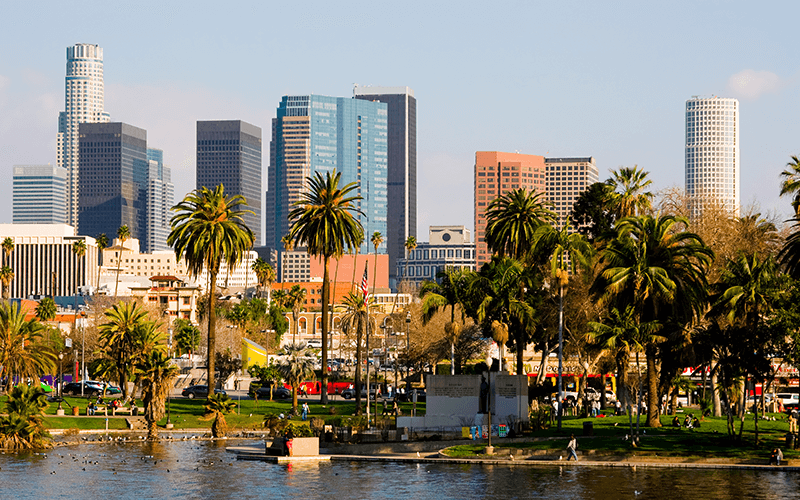Growing up in the Bible Belt, I was always struck by how much white evangelicals based their identity on feelings of persecution. https://t.co/5fGS0fvLYO
— Mark Palko (@MarkPalko1) October 10, 2021
embarrassing thread https://t.co/STtStmJFoF
— John Harwood (@JohnJHarwood) October 11, 2021
Even if you've heard other versions, check this out. Some stories just have to be told by @CharlesPPierce https://t.co/9QYJaZxHZf
— Mark Palko (@MarkPalko1) October 9, 2021
Every time someone from Berkeley wins a Nobel, I want to go on an extended rant about the California Master Plan, the UC System, and what it means to have built—and, latterly, criminally neglected—the greatest public university system on the face of the earth. pic.twitter.com/ghTnoKOTaM
— Kieran Healy (@kjhealy) October 12, 2021
Opinion: “High on the list of complicit business leaders is Tesla Chief Executive Elon Musk, who announced this week that he would move Tesla’s headquarters to Austin.” https://t.co/CeEB551jRe
— Russ Mitchell (@russ1mitchell) October 10, 2021
it wld be one thing if he just happened on this idiocy: a super high-price drug cocktail to own phrma when the whole thing can be avoided w a $20 vax. But it's GOP wide. While DeSantis has railed agst the vax he's deployed teams to fan out across florida with antibody cocktail. https://t.co/5C5KxjUbdo
— Josh Marshall (@joshtpm) October 10, 2021
Monoclonal antibodies are, of course, hand-crafted in small batches by simple artisans who want nothing more than a smile in return. https://t.co/cmtLJOptjY
— Helen Kennedy (@HelenKennedy) October 10, 2021
Thing about popularism is that it used to be called 'Clintonism.' Thats not a dig. Contrary to much griping, Clintonism made a lot of sense in the political context of the 90s. Maybe it makes sense now too. But its a lot of brouhaha over rebranding what we were saying 30 yrs ago.
— Josh Marshall (@joshtpm) October 10, 2021
Remember when so many, including news organizations, took poll results that 40% said they would quit rather being forced to get vaccinated? https://t.co/BXkCdbiS6U
— Norman Ornstein (@NormOrnstein) October 5, 2021
Great read from @rodneyabrooks, who says #AI isn't quite ready to surpass human intelligence.
— Colin Angle (@colinangle) October 5, 2021
"Just about every successful deployment of AI has either one of two expedients: It has a person somewhere in the loop, or the cost of failure is very low." https://t.co/bGrdrEHms4
when yr newsroom announces DeSantis “won the pandemic” you get promoted to NYT https://t.co/wYikjbWULf
— Eric Boehlert (@EricBoehlert) October 5, 2021
The evolution of the bicycle in one gif pic.twitter.com/kb9XX8MOpm
— Joaquim Campa (@JoaquimCampa) October 9, 2021
"In his head, a plan of mathematical perfection." https://t.co/5qfzMJicqC
— EPD Total Landscaping (@EricPaulDennis) October 10, 2021









